The Best Doctor Who Horror Episodes Ever Made
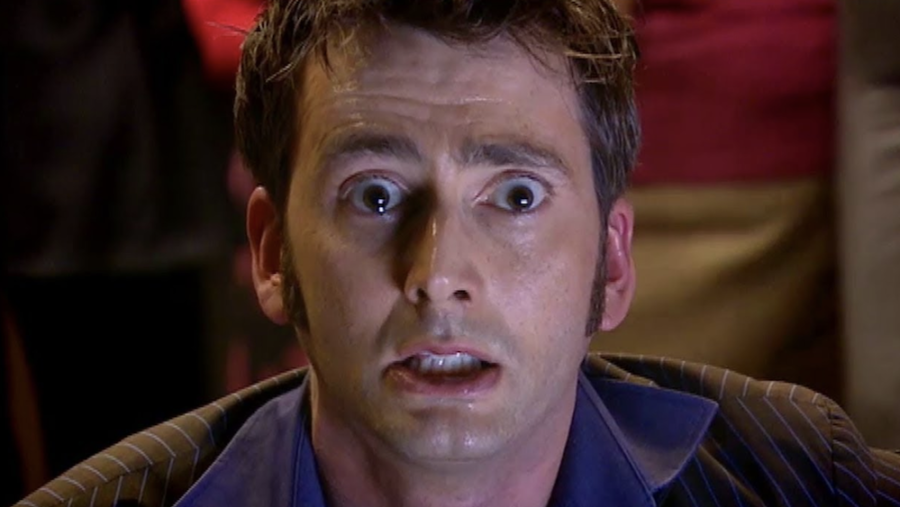
As the moon takes its prime position and the eerie glow of Jack-o’-lanterns fills the dreary night, there’s really no better time than Halloween to dive into the mysterious universe of the Doctor Who television show.
Though it originated as an educational program for children, Doctor Who became so much more, and it’s no secret that it occasionally dabbled into horror themes, thus intertwining the supernatural elements with science fiction and sending an occasional chill down the spine.
So, as Halloween approaches, let’s embark on a journey through time, space, and relative dimensions and explore some of the best Doctor Who horror episodes.
The Unquiet Dead — Series 1, Episode 3
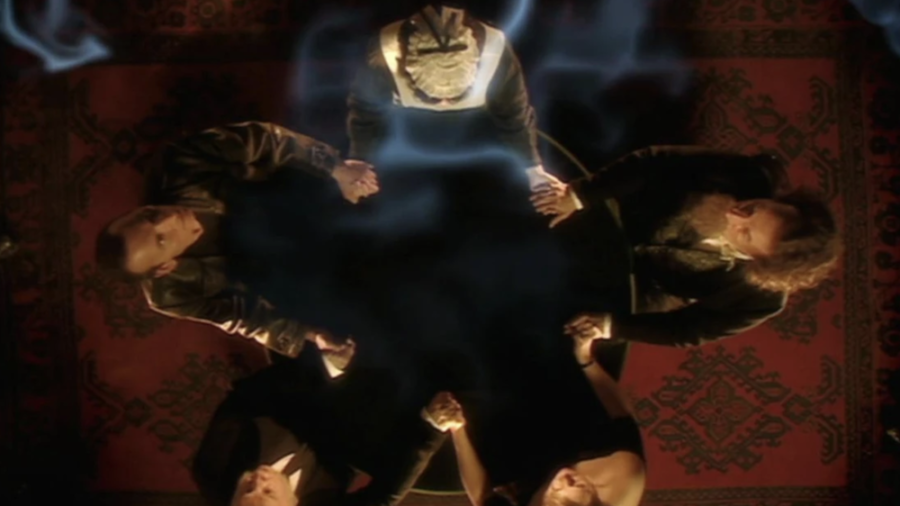
The Doctor and Rose Tyler—his companion—exit the TARDIS on Christmas in 1896 and become entangled in a ghostly mystery at Charles Dickens’ reading.
They actually team up with Dickens to find out why the dead are rising in 1896 Cardiff, only to learn that the spirits aren’t the ghosts of the dead. They’re Gelth, ethereal beings from another dimension whose world was destroyed in the Time War.
The Gelth are now desperate for physical forms, and they plan to inhabit the corpses of the dead, a plan which pits them against the Doctor, his companion, and Charles Dickens, who’s trying to grapple with the reality of spirits he had only written about in fiction.
The Empty Child/The Doctor Dances — Series 1, Episodes 9 & 10
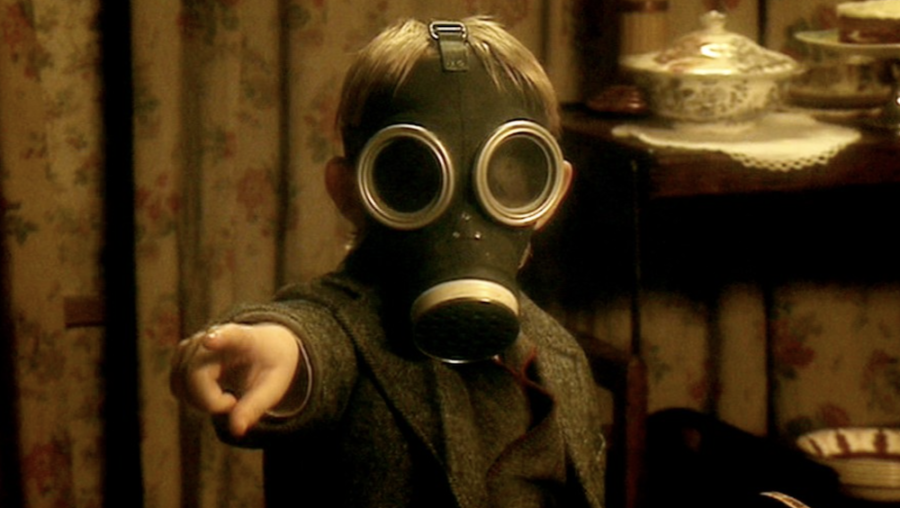
There aren’t that many things more frightening than possessed children in horror stories, which is why so many horror movies actually used such depictions—2009’s The Unborn is a really good example of this. This episode of Doctor Who takes place in 1941 London, with the Doctor and Rose finding themselves embroiled in a mystery involving a ghost child with a gas mask fused to his face.
What’s even more chilling is the child’s ceaseless, chilling “Are you my mummy?” mantra, which becomes the echoing dread throughout the episode. And though the main message of the story isn’t actually horrific, the narrative depiction is uneasy at best and quite unsettling at its worst.
The Girl in the Fireplace — Series 2, Episode 4
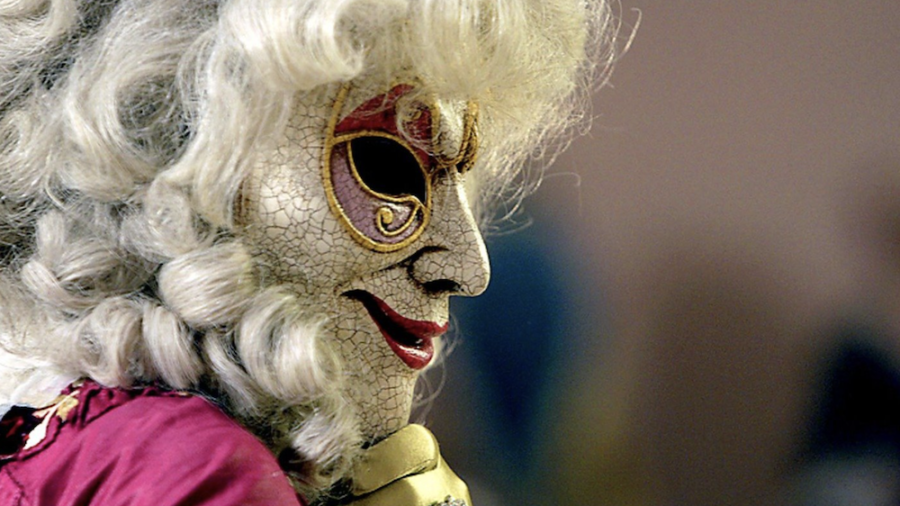
No, this Doctor Who episode isn’t about the Witch Trials or burning of the girls in fireplaces; it’s actually about time travel and romance, with a smidge of horror. Now that we’ve ruined it for you allow us to elaborate further.
The Girl in the Fireplace horror elements come from its settings, most of which take place on a cold and sterile 51st-century spaceship, whose fireplace (yes, it has those) connects to a rather opulent room of Madame de Pompadour, the famed mistress to King Louis XV.
Impossible Planet/The Satan Pit — Series 2, Episodes 8 & 9
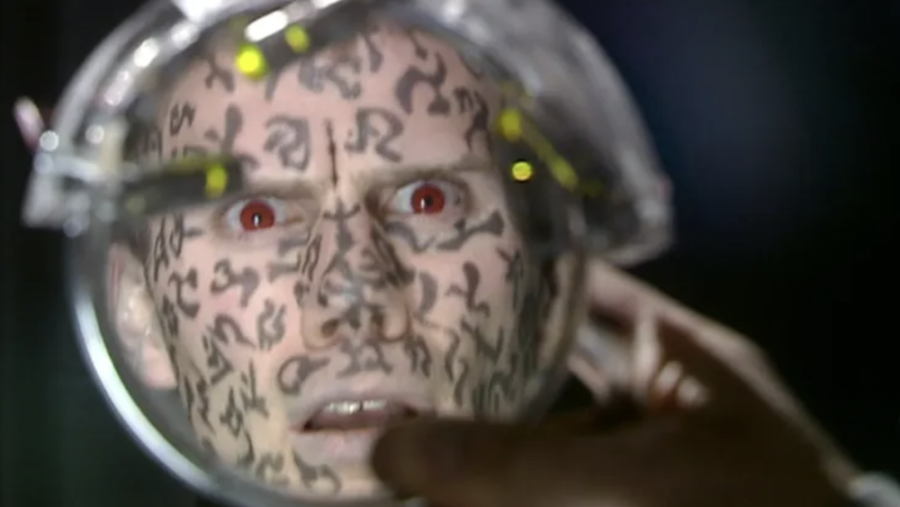
Fans of religious horror rejoice as these Doctor Who episodes combine religious and cosmic horror into a single horrific experience. The Doctor and Rose find themselves on a desolate planet that houses a human expedition harnessing the planet’s energies while it orbits a black hole, thus defying all known laws of physics.
However, an ancient evil lurks beneath the planet’s surface: the Beast, an entity that claims to be Satan—and actually looks the part. At one point in the episode, the Beast confronts the Doctor, calling him the “killer of his own kind,” referring to the Time War, and also predicts Rose’s downfall in an upcoming battle.
Gridlock — Series 3, Episode 3
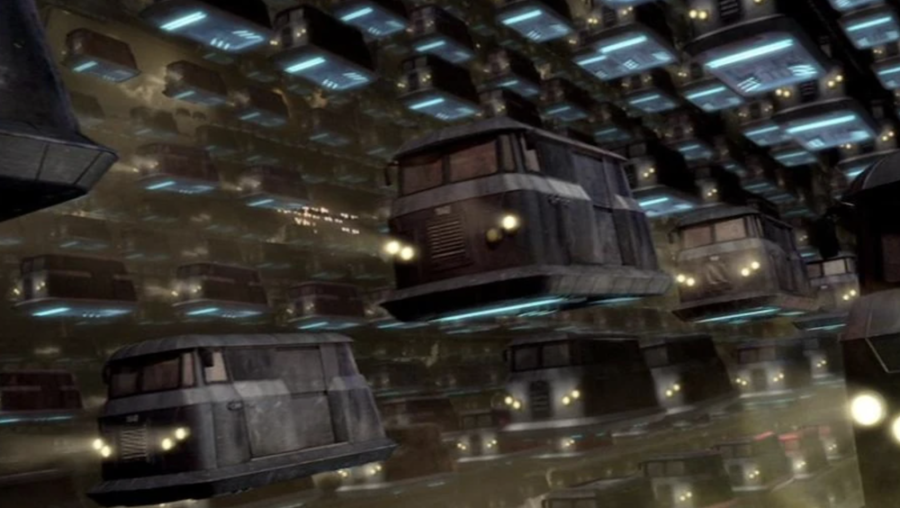
The horror of Gridlock isn’t of a traditional kind, with jump scares, monsters with teeth that are ground sharp and eyes glowing red (A Nightmare Before Christmas reference), and ghosts; it’s existential. This episode provides a rather vivid portrayal of a dystopian future in which humanity faces its limitations and the consequences of its actions.
The Doctor and Martha (another companion) journey into a city in which the population is trapped in an eternal traffic jam—oh, the horror! —spending decades, even lifetimes, in their vehicles.
It’s important to note that this isn’t another episode of The Twilight Zone; there’s actual physical menace in this Doctor Who episode as well, so you won’t be disappointed.
Blink — Series 3, Episode 10
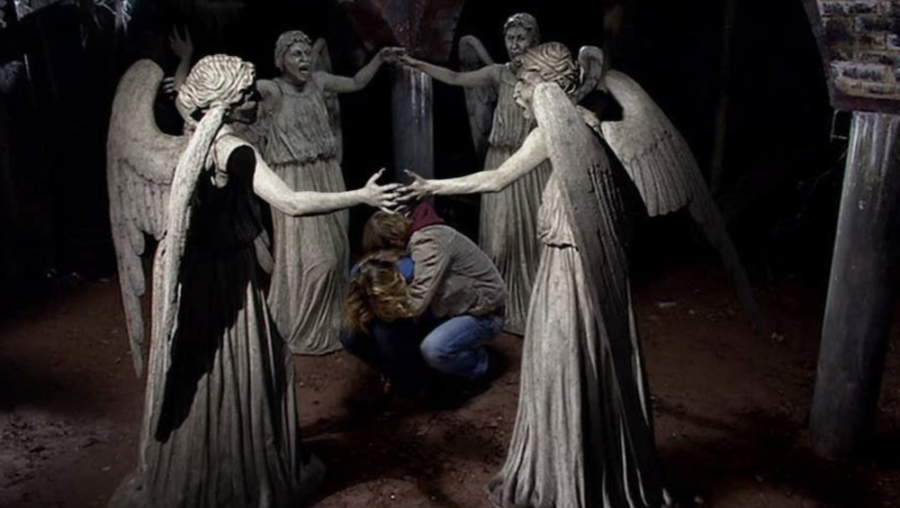
Now, here’s a fan-favorite episode that introduces the nicest psychopaths in the history of television and cinema. Instead of diving into episode details, allow us to introduce you to the Weeping Angels, quite possibly the scariest of Doctor Who villains.
Weeping Angels, a race of predatory creatures “known as The Lonely Assassins,” are quantum-locked alien killers who are as old as the universe itself or just nearly as much.
Very little is known of their origin and their culture, or the fact that they even had one, apart from the fact that they look like ordinary statues representing an Angel of Sorrow, with their eyes covered. However, when unobserved, Weeping Angels can move vast distances in a blink of an eye.
These alien killers have been characterized as the nicest psychopaths in the universe since they don’t actually kill their victims. Instead, they hurl their victims through time, creating a time paradox that allows them to feat on the potential energy of the years their victim would’ve lived in the present.
Silence in the Library/Forest of the Dead — Series 4, Episodes 8 & 9
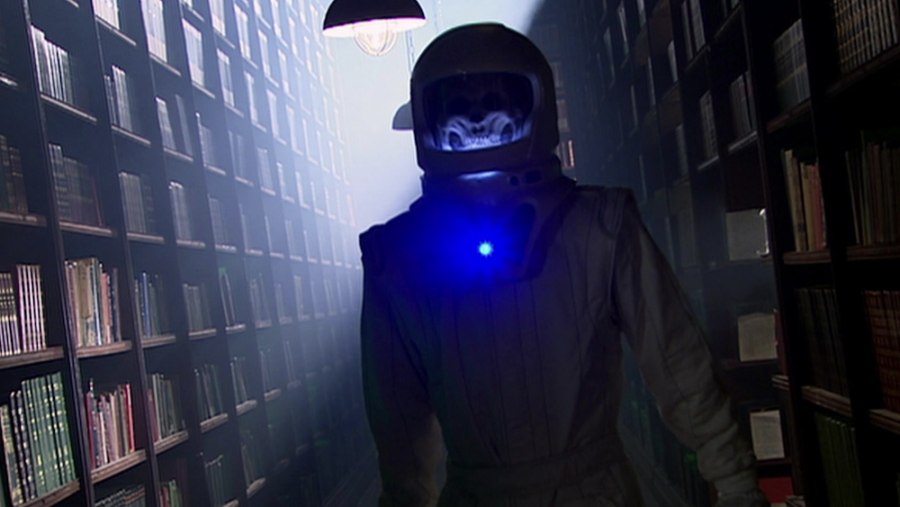
The Doctor and his new companion, Donna, are summoned to a planet-sized library in the 5th millennium in the eighth episode of Season 4 of New Who. It’s also an episode in which the audience meets the Doctor’s wife. The team of explorers is targeted and killed by Vashta Nerada, alien creatures that appear as shadows.
Luckily, the team has communication devices that store their thought patterns upon death and transfer them to a simulation. Unfortunately, Donna is also killed by Vashta Nerada, but her consciousness is safely downloaded onto Nodes.
The God Complex — Series 6, Episode 10
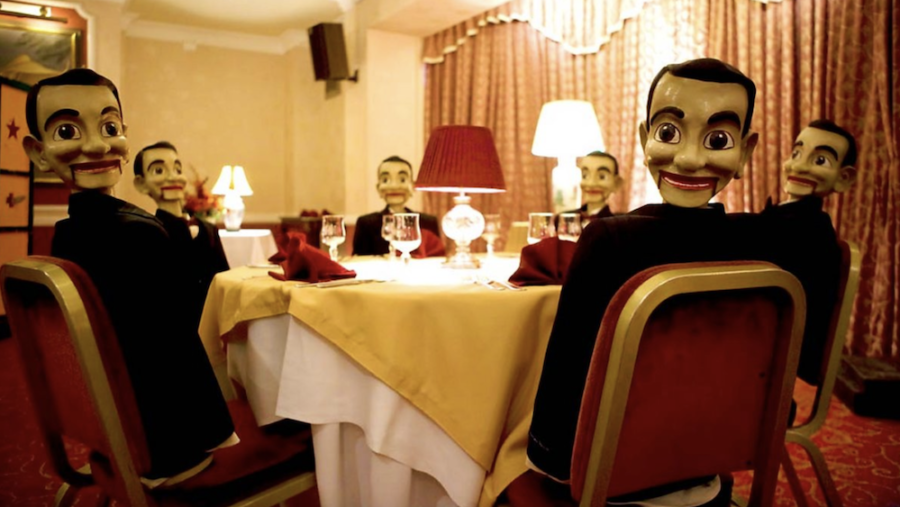
This Doctor Who episode explores personal fears, ensnaring the Doctor, Amy, and Rory (both companions) in a mysterious, ever-changing hotel in which the rooms reveal one’s deepest dread.
Beyond the immediate terror of confronting one’s darkest nightmares, the episode delves into the psychological horror of crumbling faith and manipulated belief, with a Minotaur-like creature feeding off this faith. It’s actually a pretty claustrophobic and unsettling episode.












